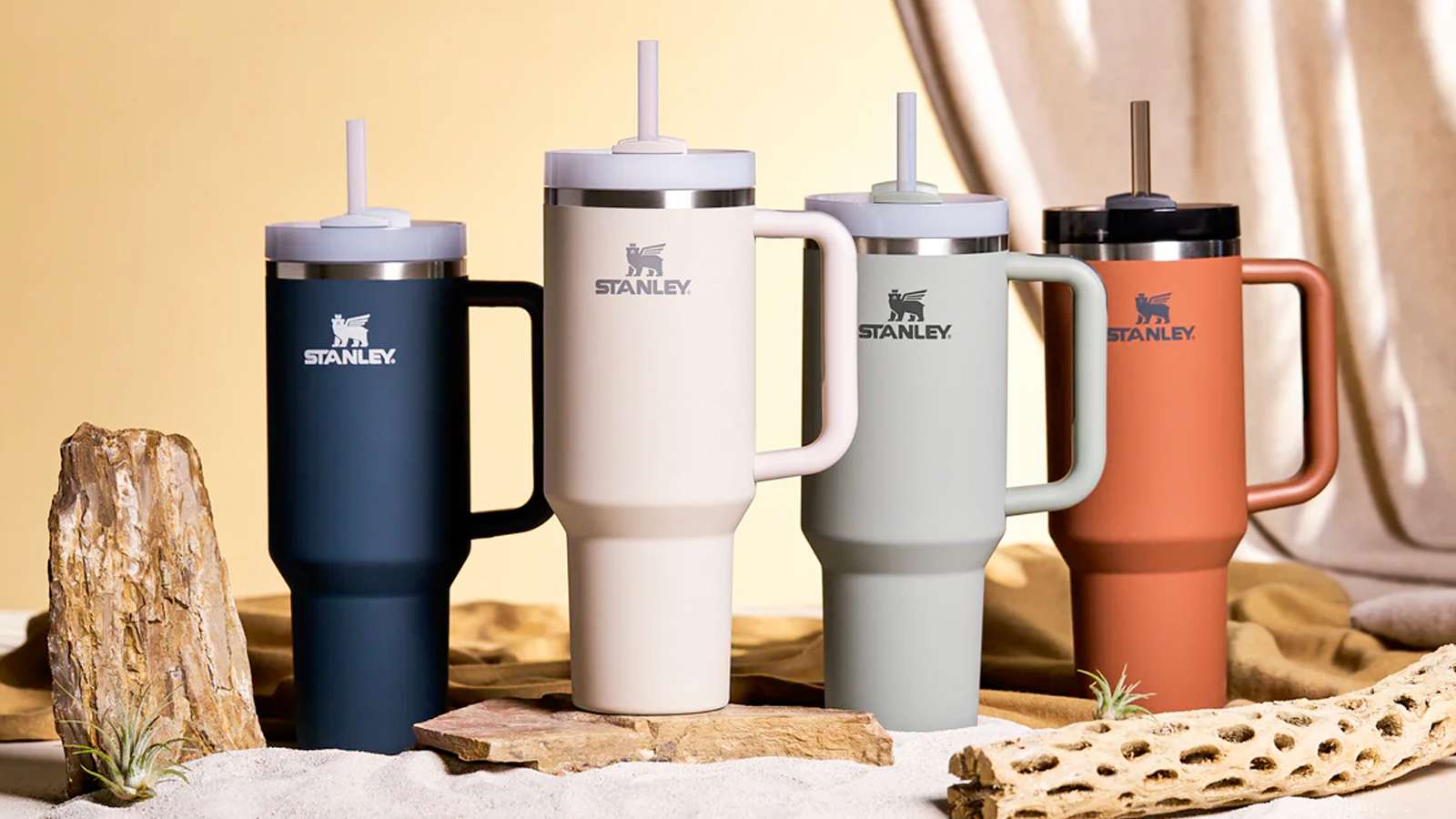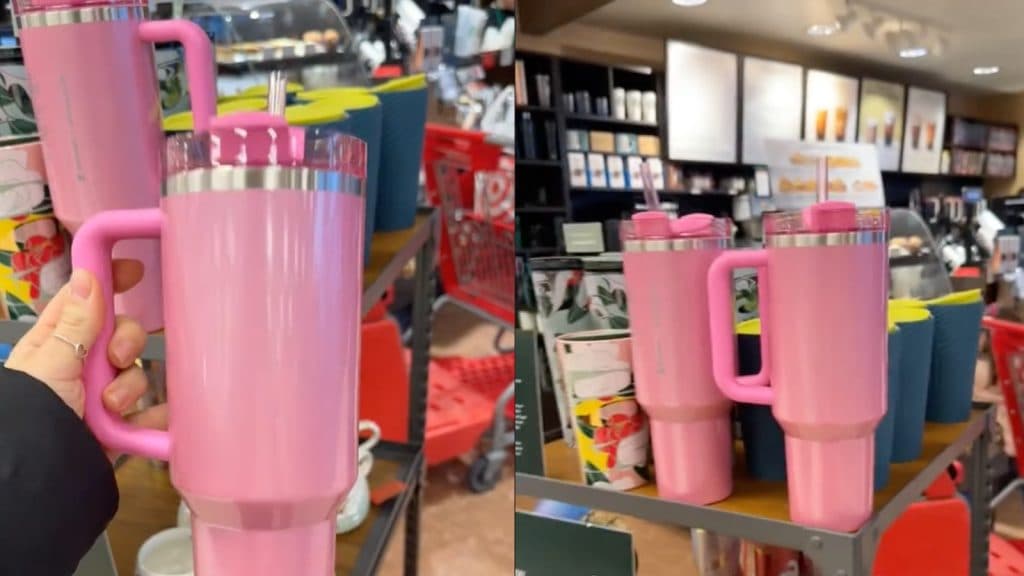Do Stanley Cups contain lead? Company issues response to health concerns

Stanley Cups have taken over the world in recent years with people going crazy for the tumblers. However, some people have expressed concerns that the cups might contain lead, but is it true?
As Stanley Cups continue to become more and more popular, with some limited edition mugs being resold for over $300, some people have expressed concerns that the cups might be dangerous to use.
The concerns started after one TikTok user did a lead test on her Stanley Cup and shared the results in the video that it had detected lead in the cup. She first tested her mug for lead using a handheld X-ray fluorescence device.
She also used a LeadCheck swab, which turns pink if the lead present is bioavailable, to test the Stanley cup. The swab did turn pink shortly after contact with the bottom of the cup.
This caused confusion and worry among people across the globe about people wondering whether or not Stanley Cups are safe to use.
Are Stanley Cups made with lead?
Technically yes, Stanley Cups are made with lead, just like most other brands of insulated water bottles. But it’s not dangerous for anyone who drinks from their cups.
Responding to the health concerns regarding the cups, Stanley issued a statement to WCNC Charlotte addressing the lead rumors. According to a rep for the brand, there isn’t any lead on the surfaces of their products.
“Please rest assured that no lead is present on the surface of any Stanley product that comes in contact with you or the contents of your container. Every Stanley product meets all U.S. regulatory requirements, including California Proposition 65, which requires businesses to provide warnings to Californians about heavy metal and chemical exposure,” the statement read.
“We seal our vacuum insulated stainless steel products with an industry-standard pellet that includes some lead,” said Stanley. “The pellet is completely enclosed by a stainless-steel cover, making it inaccessible to consumers.”
Can you get lead poisoning from Stanley Cups?
Getting lead poisoning from a Stanley Cup is very unlikely since the only part containing any lead is usually covered up and does not normally come into contact with the user or their beverage.
Just like Stanley Cups, most vacuum-sealed water bottles made worldwide are sealed with a lead solder. This only becomes a problem to users once the paint or cover comes off, you’d have to get rid of the cup.
 TikTok: @kenyandthejets
TikTok: @kenyandthejetsIn March 2023, water bottle company Bindle recalled all of their water bottles after Consumer Reports found that the Bindle bottle could expose users to “extremely high” levels of lead. The advocacy group also said some bottles contained bisphenol A (BPA), a chemical known to cause fertility problems and some kinds of cancers. Bindle markets the product as BPA-free.
Why is lead dangerous?
According to the World Health Organization, exposure to lead can affect multiple body systems, such as the brain, liver, kidney, and bones, and is particularly harmful to young children and women of childbearing age.
Lead exposure can be toxic to an individual’s body, especially for children which can damage their brains and nervous system, causing hearing and speech issues, learning disorders, etc. For adults, it can cause kidney issues, heart problems, high blood pressure, and other issues.



